Hiroshima is not only famous for the atomic bombing in World War II, but also attracts visitors for its ancient beauty, rich culture and delicious fresh oysters.
Below is a sample itinerary to explore from Hiroshima through Okayama, Kobe and Osaka, in three days, as suggested by Nick M, a travel blogger with nearly 20 trips to Japan.
Hiroshima is suitable for tourists who are visiting Japan for the second time or more, who want to visit new places, places associated with history and culture. The route from Hiroshima to Okayama follows the Seto Inland Sea, which is also famous as the starting point of the Shimanami cycling route.
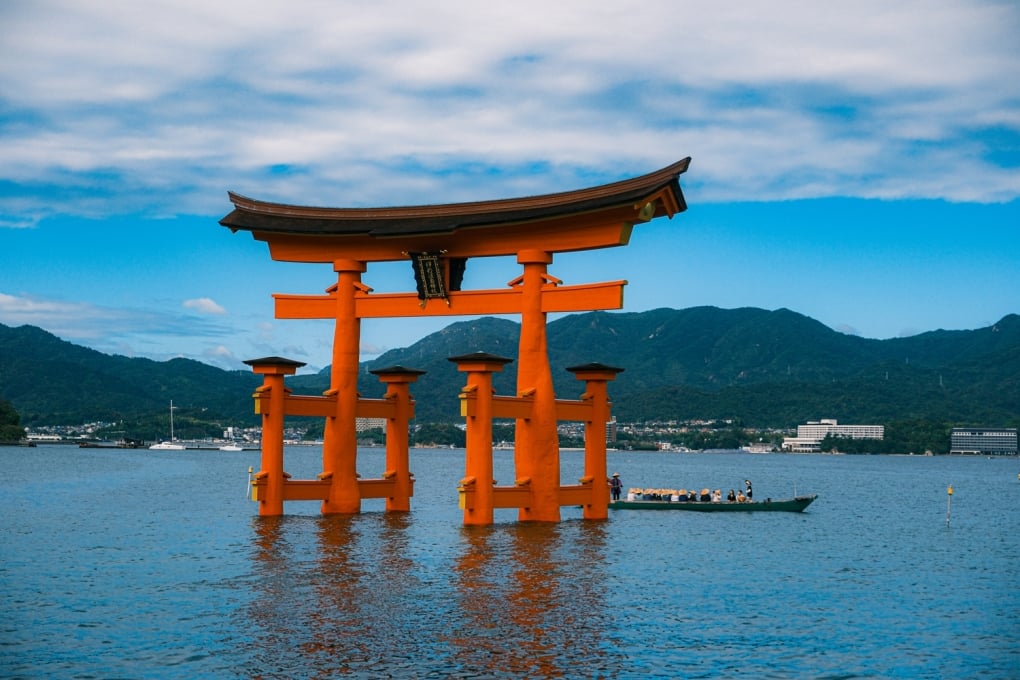
Day 1:
Morning, noon:
Travelers fly directly from Hanoi to Hiroshima for 4.5 hours, arriving around 12:30 pm. Hiroshima International Airport is smaller than Osaka’s Kansai or Tokyo’s Narita and Haneda, but immigration is quicker and queues are rare.
The first interesting destination in Hiroshima to visit is Hattendo Village, located right in front of the airport. This is a food park with many food and souvenir shops and you can also learn how to make local cream puffs. The cafe here has a nice view, watching planes take off and land in the middle of green grass.
Afternoon, evening:
On the way to the center, visitors can stop by the Kamotsuru sake brewery. Here, visitors can learn more about the distillation process of the Japanese "national wine", taste, and learn about the types of sake.
The main attractions not to be missed in Hiroshima are the Atomic Bomb Dome, Hiroshima Peace Memorial Park and the Peace Memorial Museum all in one area.
During World War II, on August 6, 1945, the atomic bomb named "Little Boy" dropped on Hiroshima city killed about 140,000 people. The Bomb Dome is the remaining architectural work that testifies to the horror of the first atomic bomb in human history, dropped by the US military on Hiroshima city at 8:15 am nearly 80 years ago. In 1996, this work was listed as a World Cultural Heritage.
Come here in the afternoon to see the sunlight filtering through the dome over the bombed ruins.
Hiroshima Peace Memorial Park was built with the wish for world peace, located in the center of the city. There is also a torch that always burns regardless of the weather, symbolizing hope that will never be extinguished.
The Hiroshima Peace Memorial Museum was established to convey the truth about the damage caused by the atomic bomb. It displays the remains of the victims along with images and documents showing the devastation of the explosion. At the same time, the museum also introduces the journey of Hiroshima before and after the event, the situation in the nuclear era. All are strung together into a story with emotional language.
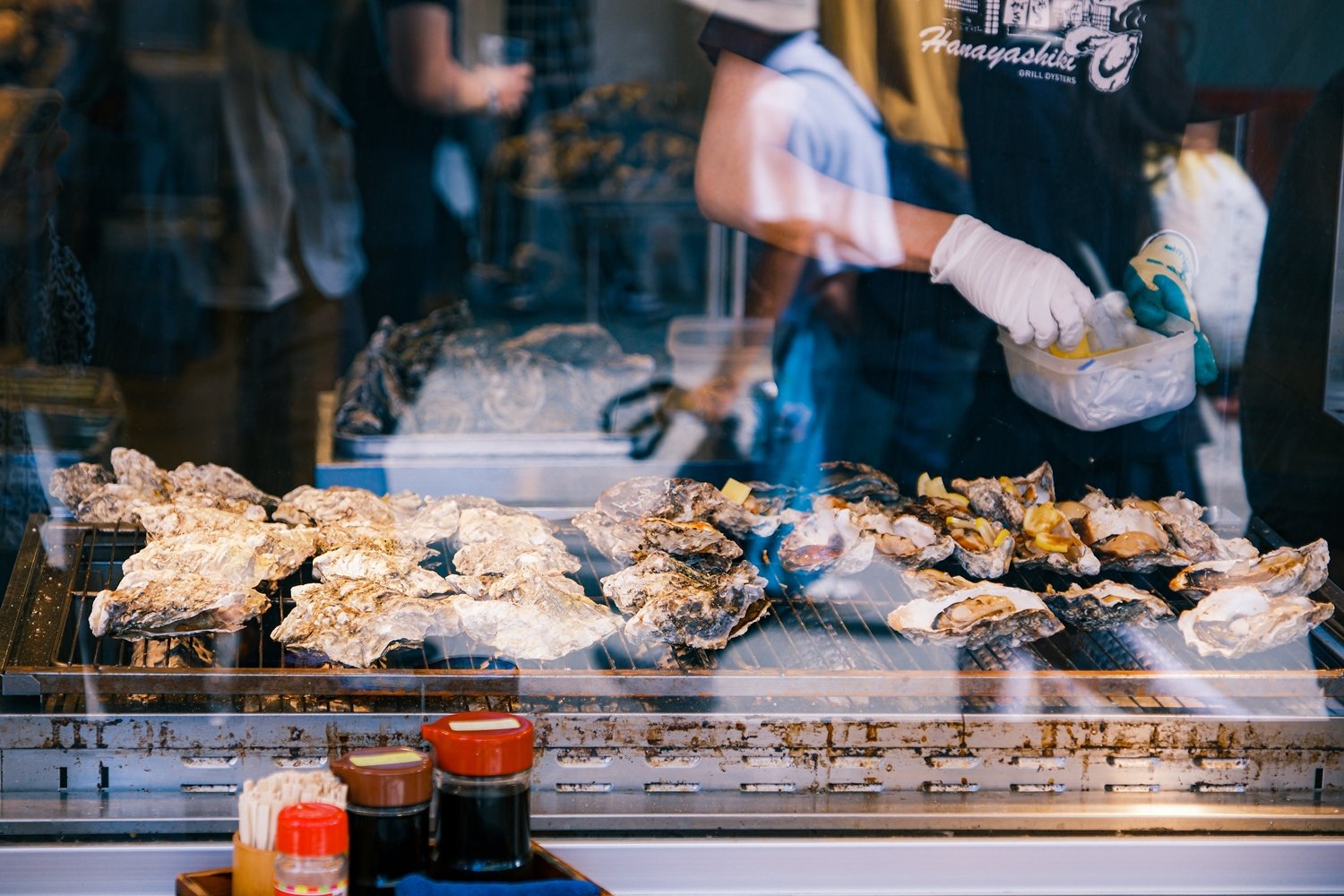
In the evening, visitors should go for a pancake at Okonomiyaki Hiroki - the only shop in downtown Hiroshima that serves "Tōmen Sanji Noodles" (noodles kneaded with chili peppers from Miyoshi City, Hiroshima Prefecture). The okonomiyaki here uses only fresh noodles, and the teppanyaki dishes follow the local consumption principle, using local ingredients. In addition to okonomiyaki, scallops and oysters are also recommended dishes.
Day 2:
Morning, noon:
Visit Miyajima Island, one of Japan's top three scenic spots. A small island floating in Hiroshima Bay, it is famous for its forests and ancient temples, pagodas and especially Itsukushima Shrine, where the large Torii gate floating on the water attracts many visitors to check in. When the tide is low, you can walk to the magnificent vermillion Torii gate located offshore.
To get to Miyajima Island, visitors can experience the Seto Inland Sea Steamship. In addition to the high-speed train and ferry routes connecting Hiroshima, Kure and Matsuyama, this inland shipping company also operates cruise ships in Hiroshima Bay. The time to get to the island is about 20-30 minutes.
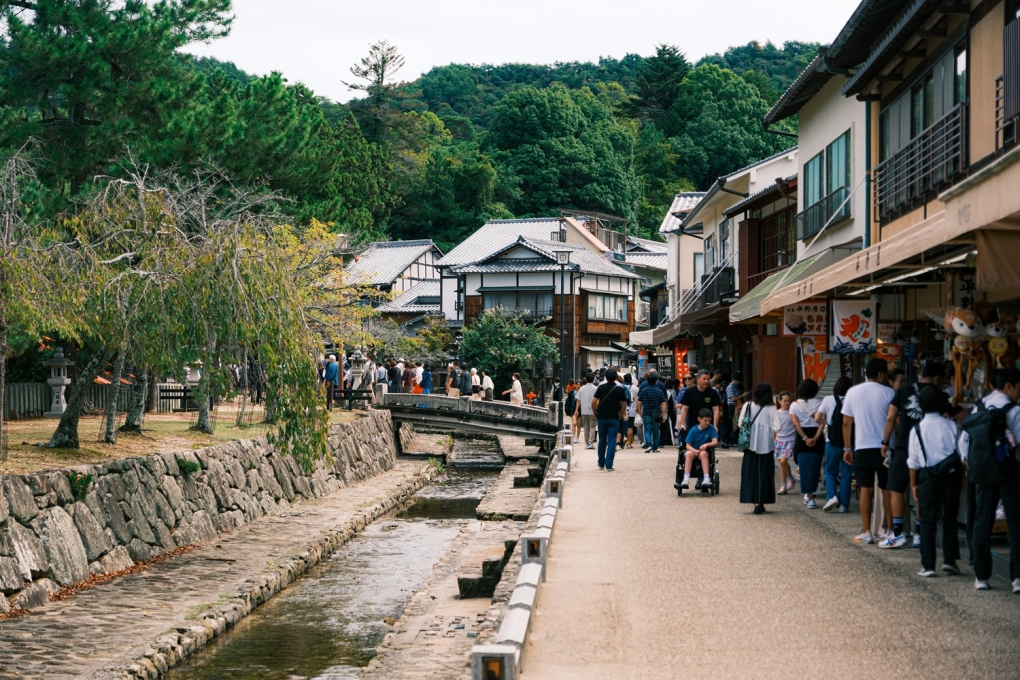
Miyajima Omotesando Shopping Street, about 350m long, leading to Itsukushima Shrine, is home to folk carvings and Miyajima's famous oyster and eel dishes. Hiroshima oysters have a rich and succulent flavor, best in winter, and can be prepared in many ways: raw, deep-fried, stewed, steamed with rice, or in soup.
At noon, visitors can have a snack on Miyajima Omotesando Street or visit Ina Tadashi - a long-standing restaurant located in the middle of the street serving delicious eel rice and fried oysters.
Afternoon, evening:
Take the ferry back to Hiroshima from Miyajima, and visit the Yamadaya Ohno Factory to experience making your own maple leaf-shaped "Momiji Manju," a Miyajima specialty. All the sweets are handmade by artisans using carefully selected Japanese and Western ingredients.
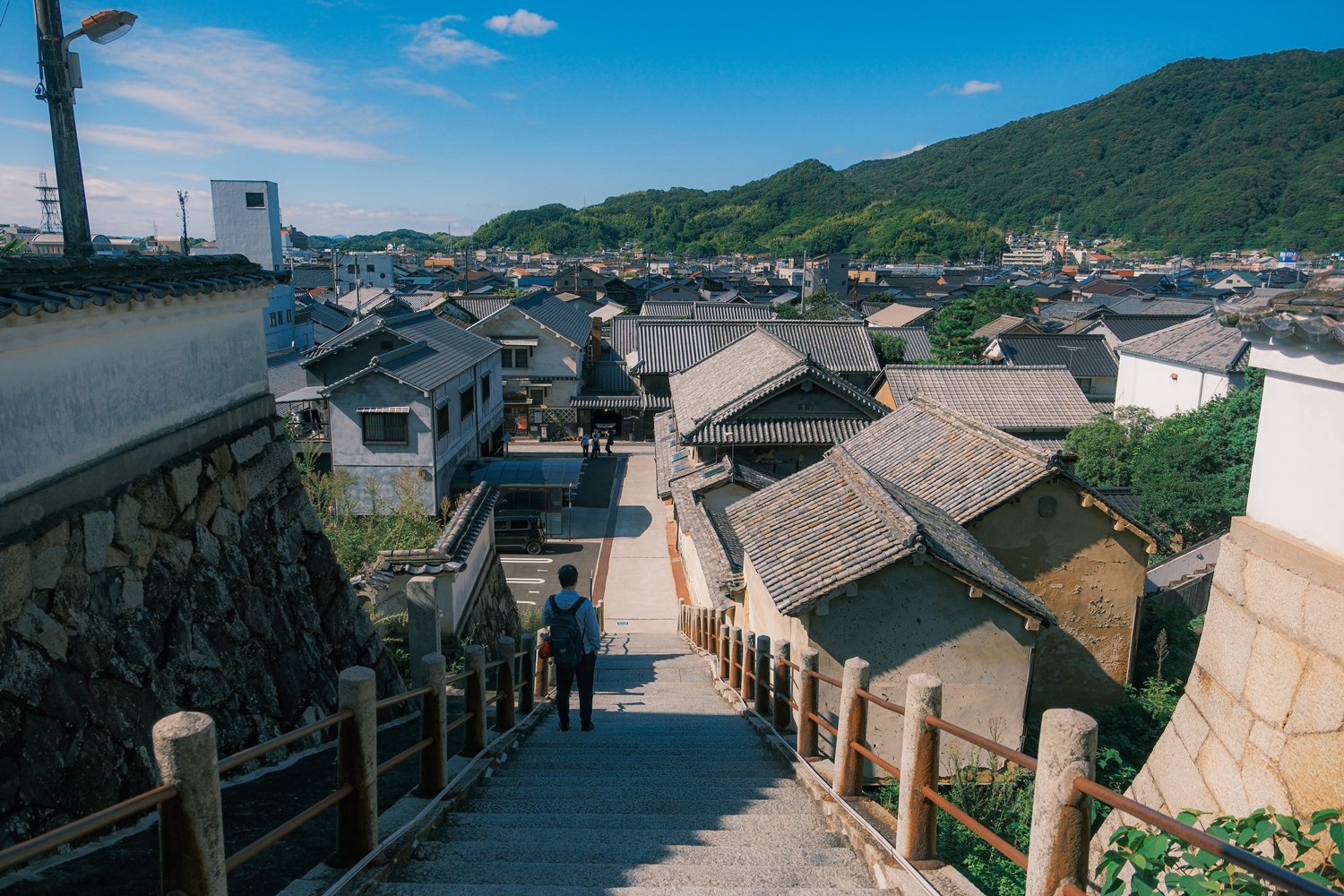
After making cakes, visitors can go shopping at Hiroshima Hondori, a 10-minute train ride from JR Hiroshima Station. This is a large shopping street that represents Hiroshima, the City of Peace and International Culture of the Chugoku-Shikoku region. There are many local clothing stores as well as international brands. Sake shops and izakaya grills in the area are places to visit in the evening.
Day 3:
Morning, noon:
Travel about 90 minutes from the center of Hiroshima to the town of Takehara - the hometown of the owner of the famous beverage brand Nikka. Takehara is known as "Aki's little Kyoto" because it used to be the manor of Shimogamo Shrine in Kyoto during the Heian period. This place is suitable for walking around, admiring old houses and taking pictures because there are not too many tourists, the space is airy.
At noon, visitors can take a break at Takehara Craft Beer Fukube rest stop, visit Machinami Takekobo bamboo handicraft production site.
Afternoon, evening:
Experience the Senkoji Ropeway and stroll around the Onomichi area. Senkoji is a unique ropeway in Japan that passes through temples and shrines. It is an ideal means of transportation for tourists visiting Shimanami Kaido on family trips, enjoying the view of the Onomichi Canal and the scenery of the Onomichi and Setouchi regions.
Visitors can admire the panoramic view of the Seto Inland Sea when reaching the top of the mountain, then walk down, stop at the cat alley "Neko no Hosomichi", and see many stray cats basking in the sun all day.
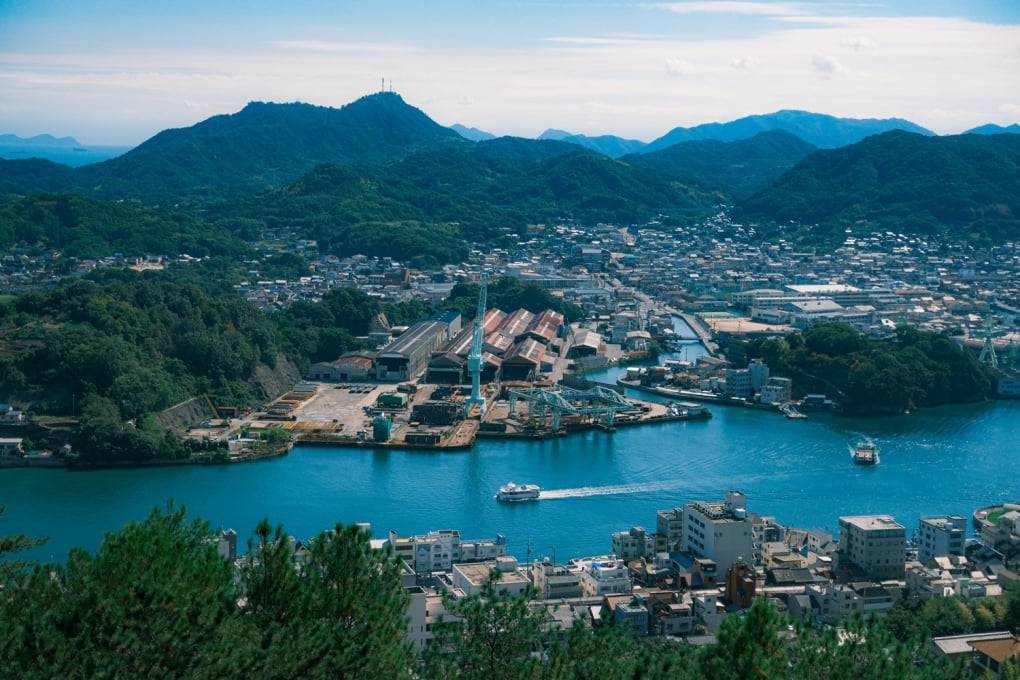
Onomichi Town is located in the southeast of Hiroshima Prefecture. It is famous as the filming location for many classic Japanese films such as Yasujiro Ozu's "Tokyo Story" and Kaneto Shindo's "The Naked Island". The town is also the starting point for the Shimanami cycling route along the coast.
In the evening, visitors can visit Onomichia U2 Yard Cafe for dinner. Onomichi U2 used to be a warehouse, renovated based on the design concept of "a small town within the city". The complex has a hotel, restaurant, bar, cafe, bakery, souvenir shop and bicycle rental shop. The name U2 comes from the letter "U" and the number "2" in the original name of the building. This place is suitable for those who want to experience coastal cycling because they can eat, stay and rent bicycles on the spot.
Restaurants in Onomichi U2 offer fresh juices and seasonal soups made with Seto Inland Sea vegetables and fruits. Fresh seafood dishes such as steamed fish and scallops prepared in European and American style with bread and salad are recommended.
Traveling and staying in Hiroshima:
Hiroshima has many types of transportation such as JR trains, buses or Trams.
Visitors to Hiroshima can find accommodation near the central station, which is convenient for transportation, or Hondori shopping street. The Grand Prince Hotel, which will host the 2023 G7 summit, has the most convenient location to Miyajima Island, with prices starting at around 2.6 million VND per night for a double room.
Round-trip airfare from Hanoi to Hiroshima is about 7.5 million VND, cheaper than going to Osaka or Tokyo, so the route can become a new place to explore autumn and cherry blossom season. Autumn in Japan in 2024 is forecast to come late, in Hiroshima the leaves will turn yellow between November 21 and 29.
According to vnexpress.net
Source: https://baohanam.com.vn/du-lich/ba-ngay-lang-thang-o-hiroshima-139550.html


![[Photo] Prime Minister Pham Minh Chinh chairs a meeting of the Government Standing Committee on overcoming the consequences of natural disasters after storm No. 11](https://vphoto.vietnam.vn/thumb/1200x675/vietnam/resource/IMAGE/2025/10/09/1759997894015_dsc-0591-jpg.webp)
![[Photo] Prime Minister Pham Minh Chinh chairs the Conference to deploy the National Target Program on Drug Prevention and Control until 2030](https://vphoto.vietnam.vn/thumb/1200x675/vietnam/resource/IMAGE/2025/10/09/1759990393779_dsc-0495-jpg.webp)

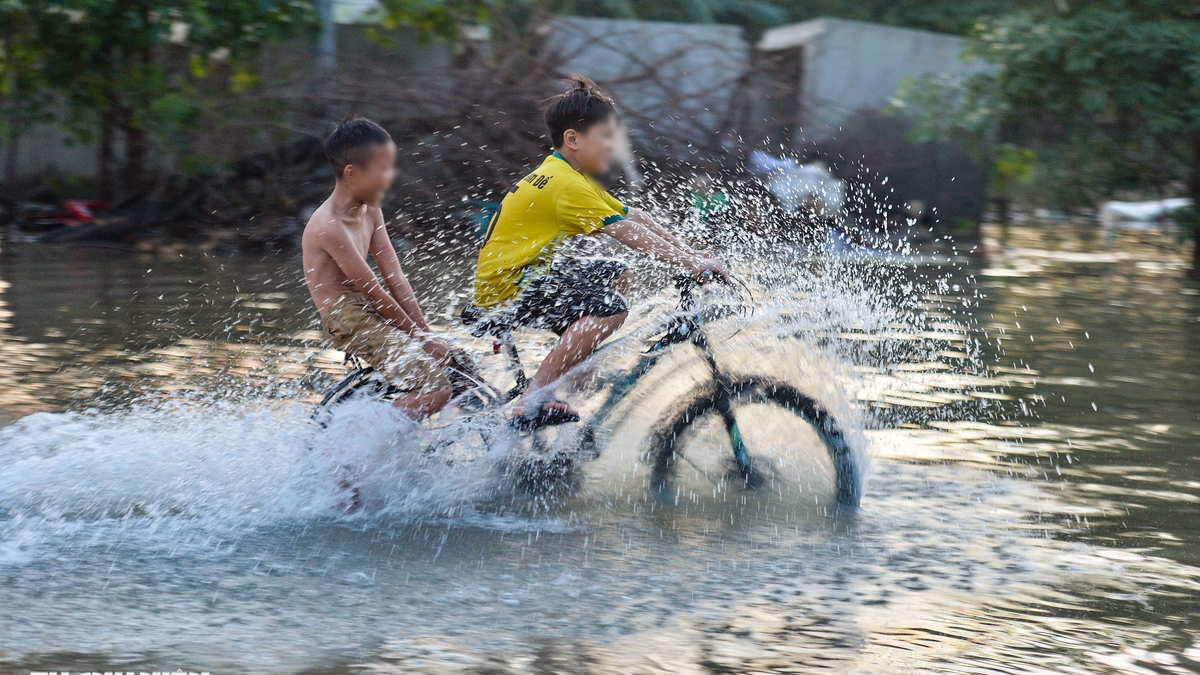


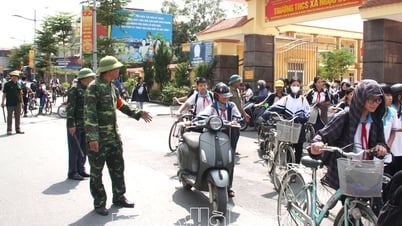

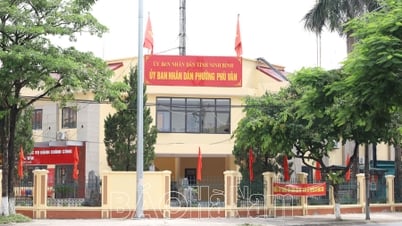
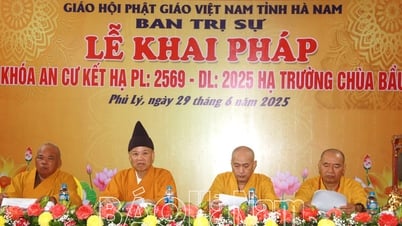
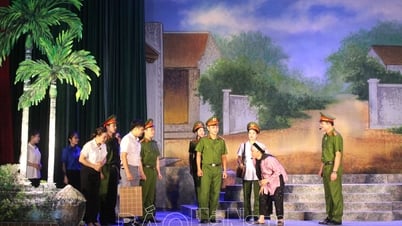
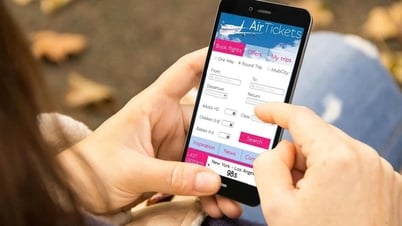
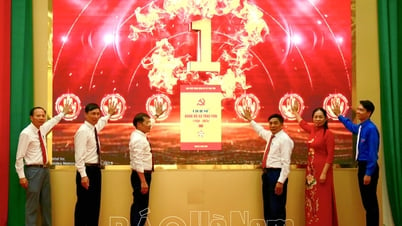






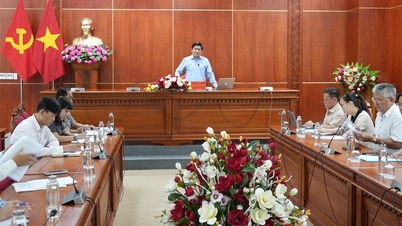
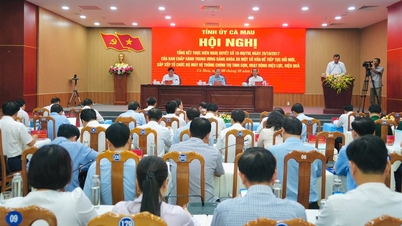
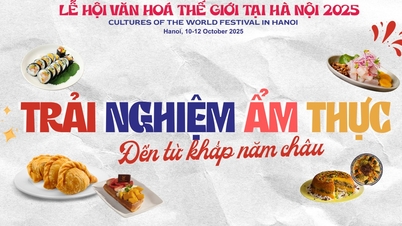




























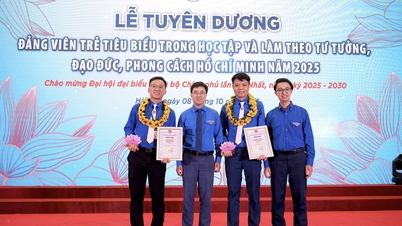
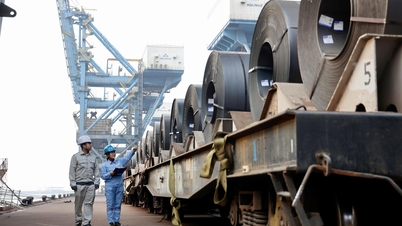






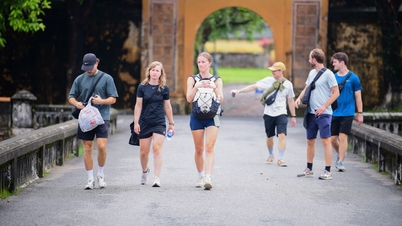


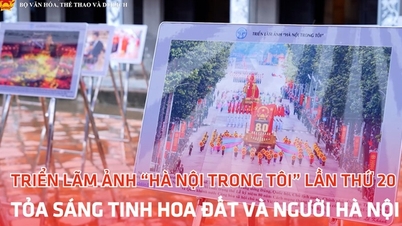
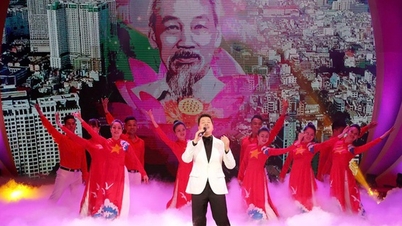


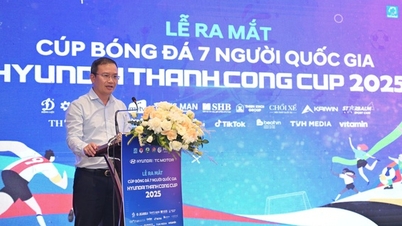


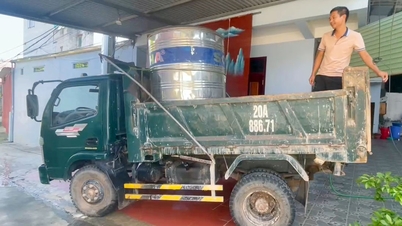





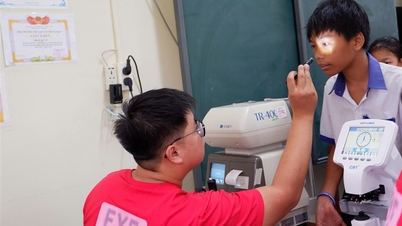










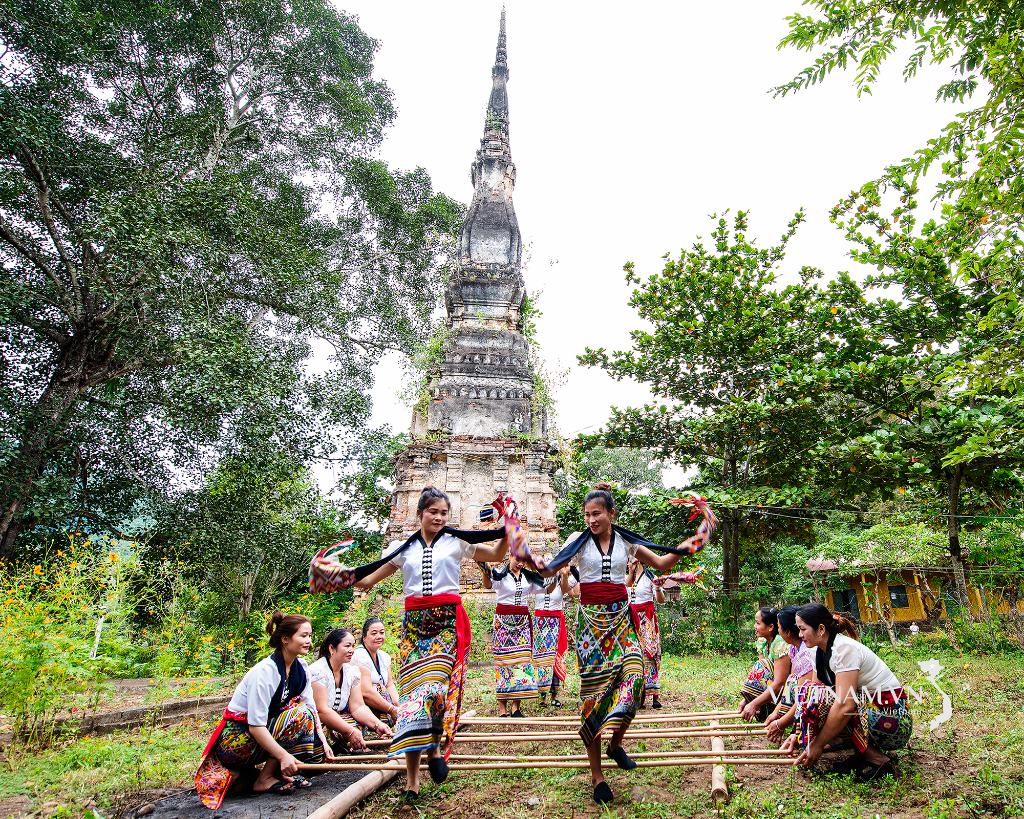



Comment (0)